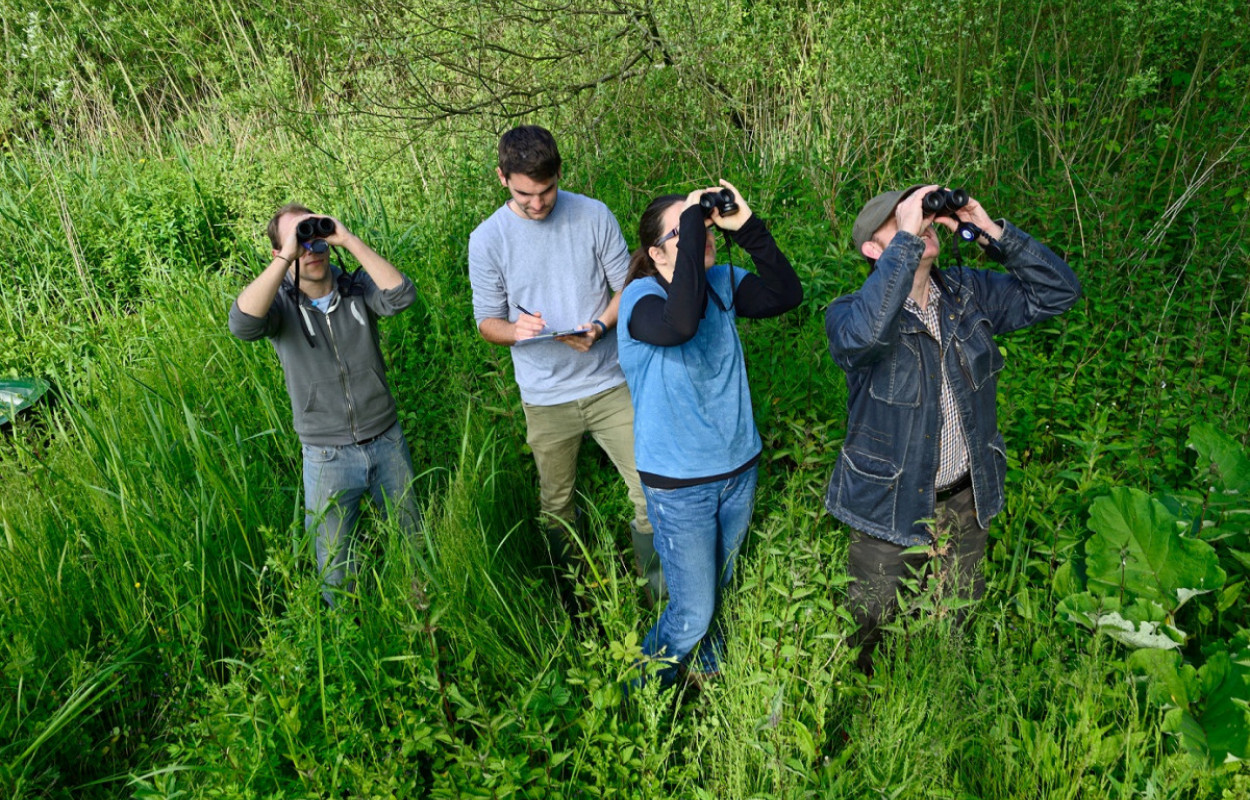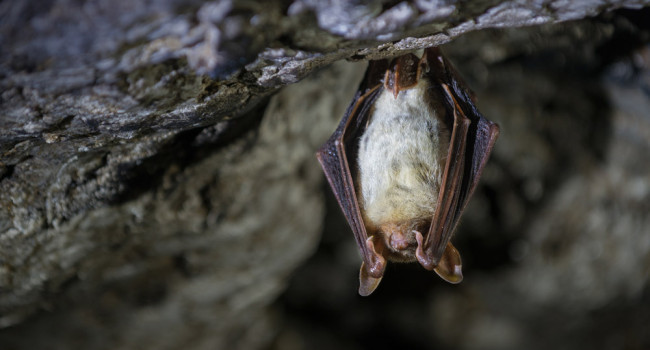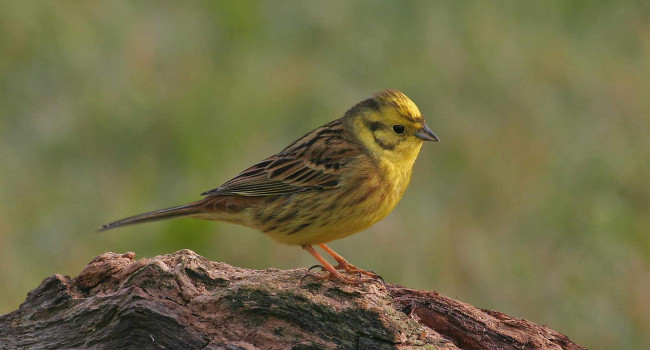Covariation in population trends and demography reveals targets for conservation action

Author(s): Morrison, C.A., Butler, S.J., Robinson, R.A., Clark, J.A., Arizaga, J., Aunins, A., Baltà, O., Cepák, J., Chodkiewicz, T., Escandell, V., Foppen, R.P.B., Gregory, R.D., Husby, M., Jiguet, F., Kålås, J.A., Lehikoinen, A., Lindström, Å., Moshøj, C.M., Nagy, K., Nebot, A.L., Piha, M., Reif, J., Sattler, T., Škorpilová, J., Szép, T., Norbert Teufelbauer, N., Thorup, K., van Turnhout, C., Wenninger, T. & Gill, J.A.
Published: March 2021
Journal: Proceedings of the Royal Society B
Digital Identifier No. (DOI): 10.1098/rspb.2020.2955
The numbers of many species that breed here but spend our winter months south of the Sahara are falling, but it’s not clear whether these declines reflect problems and pressures on their breeding grounds, on their wintering grounds, or in between, while they are on migration. This makes it hard to know how to correctly target conservation measures. It is also unclear whether any such measures should be aimed at increasing productivity (the number of young produced per breeding attempt) or survival rates, both of which are key to reversing population declines.
This study sought to address this uncertainly, using information on breeding bird abundance across Europe, collated by the Pan-European Common Bird Monitoring Scheme (towards which data from the Breeding Bird Survey in the UK contributes) and data on productivity and survival as assess by the European Constant Effort Sites ringing scheme. The analysis showed the population trends of migrant and resident species breeding at sites across Europe were in step, so at sites where migrants are increasing, so are residents, and at sites where migrants are declining, residents are too. This suggests that local breeding season conditions contribute strongly to local population changes in both resident and migratory species, and that conservation action can therefore be targeted and effective at species’ breeding grounds. The results also showed that migrant and resident productivity (but not survival) were similar across sites; there were ‘good’ sites and ‘poor’ sites. This indicates that on breeding grounds, targeted conservation measures on ‘poor’ sites to increase productivity would be most effective. Importantly, the findings also suggest that actions taken on sites to aid migrant species could benefit declining resident species.
Future research should focus on identifying the local environmental conditions that create good and bad breeding conditions, and so that conservation actions to improve breeding season conditions and boost productivity can be implemented.
Abstract
Wildlife conservation policies directed at common and widespread, but declining, species are difficult to design and implement effectively, as multiple environmental changes are likely to contribute to population declines. Conservation actions ultimately aim to influence demographic rates, but targeting actions towards feasible improvements in these is challenging in widespread species with ranges that encompass a wide range of environmental conditions. Across Europe, sharp declines in the abundance of migratory landbirds have driven international calls for action, but actions that could feasibly contribute to population recovery have yet to be identified. Targeted actions to improve conditions on poor-quality sites could be an effective approach, but only if local conditions consistently influence local demography and hence population trends. Using long-term measures of abundance and demography of breeding birds at survey sites across Europe, we show that co-occurring species with differing migration behaviours have similar directions of local population trends and magnitudes of productivity, but not survival rates. Targeted actions to boost local productivity within Europe, alongside large-scale (non-targeted) environmental protection across non-breeding ranges, could therefore help address the urgent need to halt migrant landbird declines. Such demographic routes to recovery are likely to be increasingly needed to address global wildlife declines.







Share this page